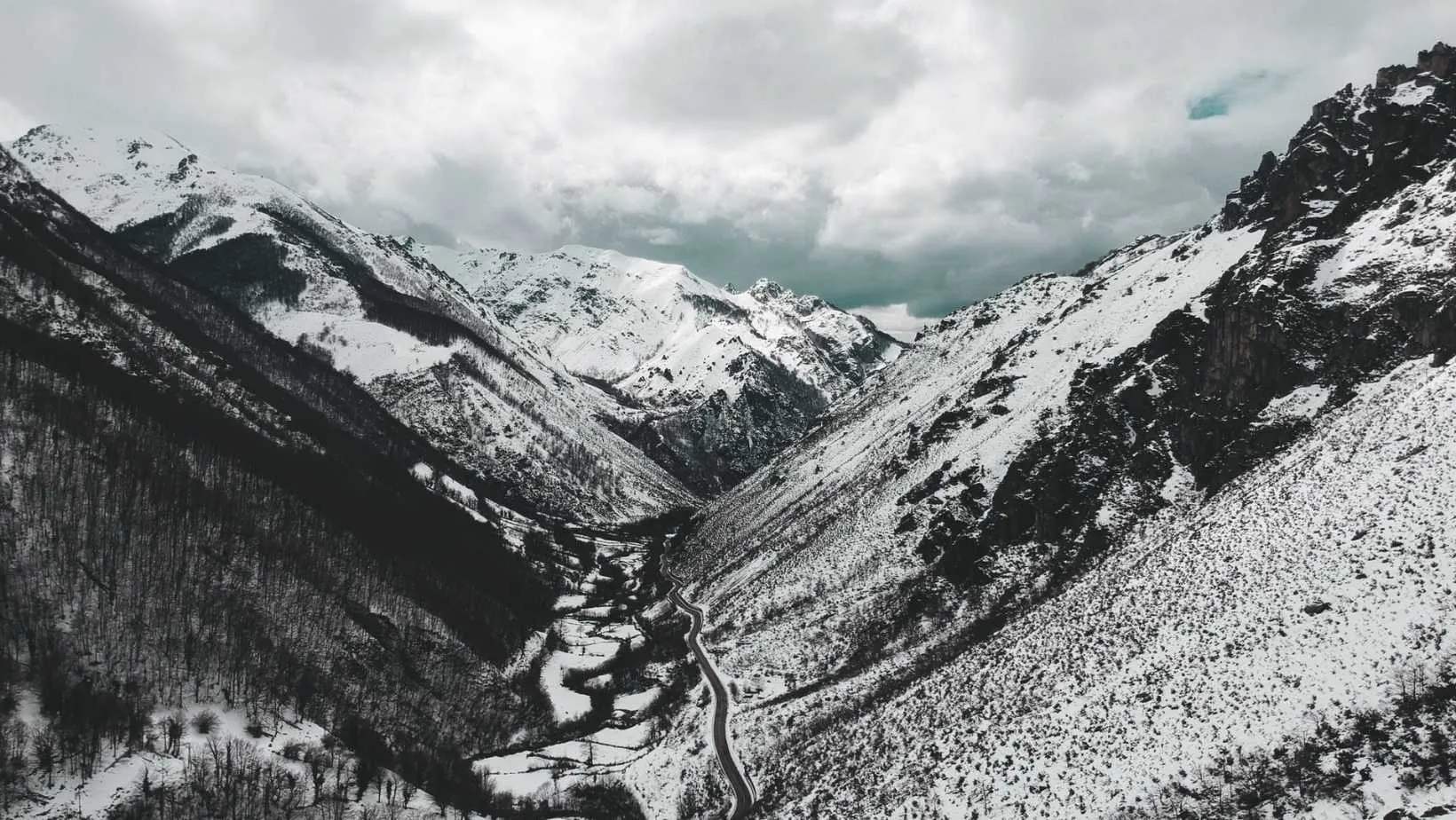Does It Snow In Spain? All You Need to Know in 2022
Last Updated On December 02, 2022
Last Updated On December 02, 2022
Yes, it snows in Spain. Given the image of endless Mediterranean bright days, it may be difficult to believe that Spain receives snow at all – yet some locations receive considerable snowfall throughout the winter months. Spain may not be the first place that springs to mind when thinking about winter sports. But, due to its varied geography, Spain boasts a few regions where you may enjoy winter activities, especially if you want to be caressed by the pleasant coolness of snow.

For those that visit during the winter, Spain has a plethora of unique experiences; they may not be conventional winter activities, but they are surprisingly impressive and provide a pleasant winter escape.
Let's go on to the most exciting part of the story. Yes, temperatures in Spain vary depending on where you reside, but when does it snow? How can you know when it will snow in your area?
Like many other countries in Europe, Spain has four seasons: winter, spring, autumn, and, of course, summer. The temperature is relatively steady during the summer, spring, and fall; however, when winter approaches, things abruptly shift.
The issue with spring and fall in Spain is that they frequently overlap, resulting in minor temperature deviations from one season to the next.
Snow falls in Spain throughout the winter season, lasting from December to March, with January being the coldest month. This suggests that the snow season will likely begin in January and until April. If the weather remains hard enough, this might last until March.
Spain is the only European country with an African border, and it controls 85 percent of the Iberian Peninsula. The variety of a country's weather draws travelers to Spain; it ranks in the top ten countries in terms of weather conditions.
In total, Spain has 13 climatic zones, five of which influence the country's weather most. The weather in Spain can be divided into five distinct climatic zones:
Spain is an elevated plateau; some areas can get rather cold in winter. Snowfall is expected in the Pyrenees, the mountain range that separates Spain and France, the Sierra Nevada, and any place with an alpine or subarctic climate. Heavy snow falls in oceanic zones like as Navarre, Cantabria, Basque County, Galicia, and Asturias.
Although Spain is a European country, it differs from others in the region due to intermittent snowfall with little precipitation. Nonetheless, snowfall in some areas can bring life to a halt, and blizzards cannot be ruled out. Due to the urban heat effect, a typical phenomenon in industrialized cities, metropolitan cities such as Barcelona do not receive much snowfall.
The urban heat effect contributes to the fact that human activity keeps temperatures low. Cities such as Barcelona receive a few hours of snow, but all signs of snow disappear the next day. The first time Barcelona had considerable snowfall was in 2018 due to a climatic fluctuation known as the Beast from the East, which affected numerous European cities.